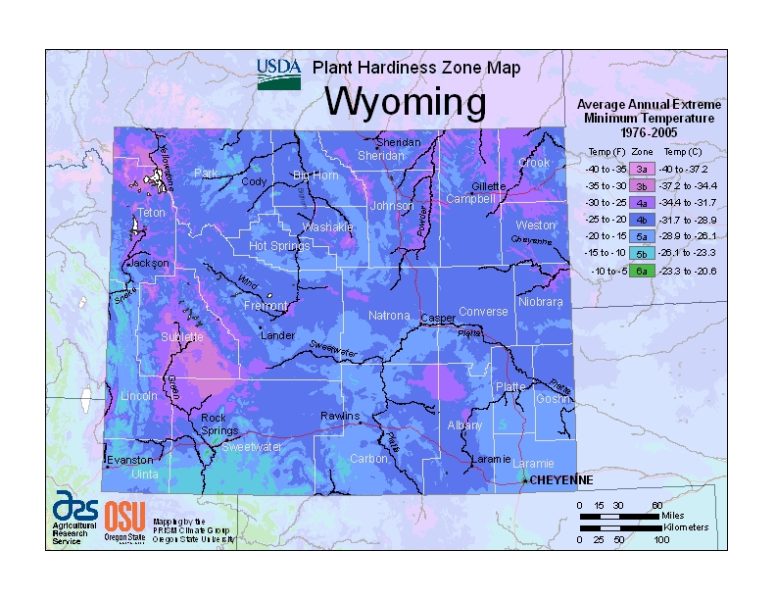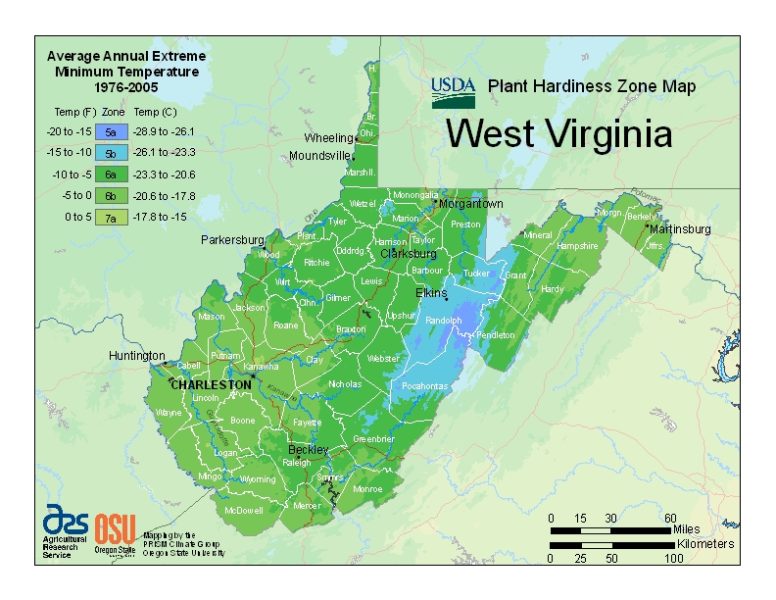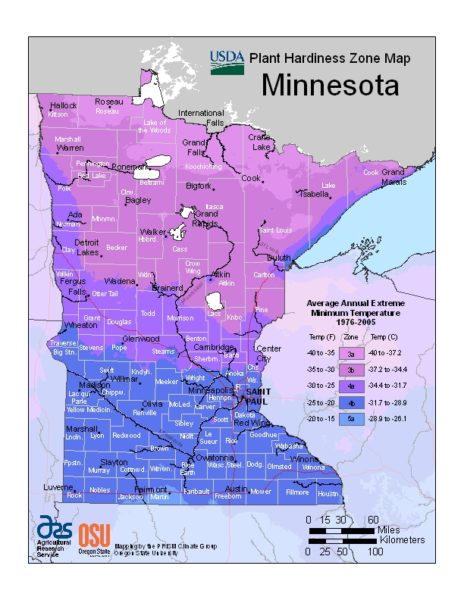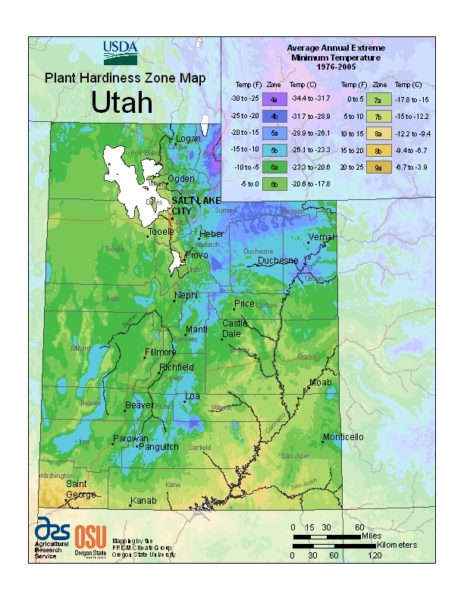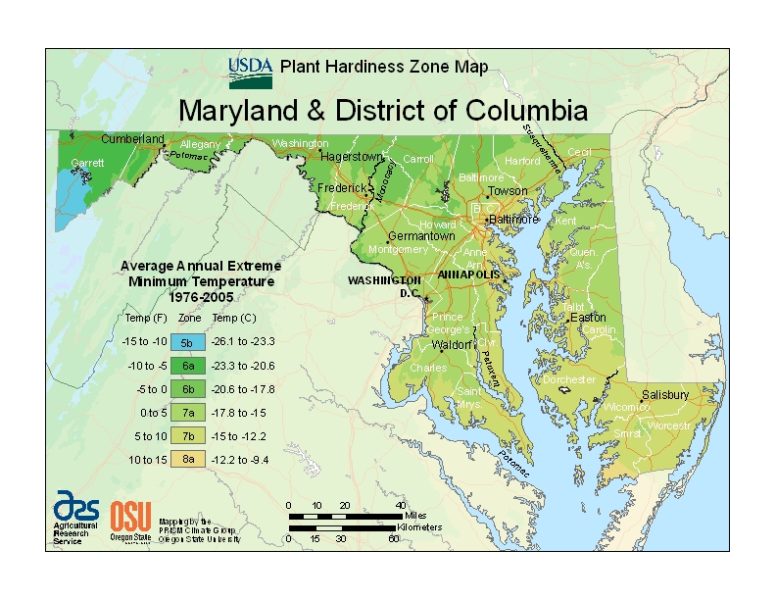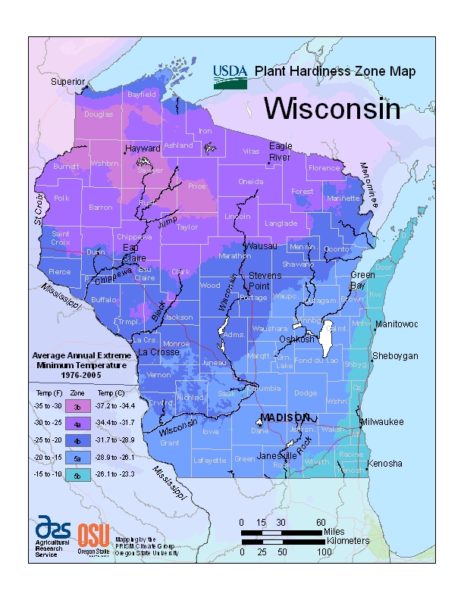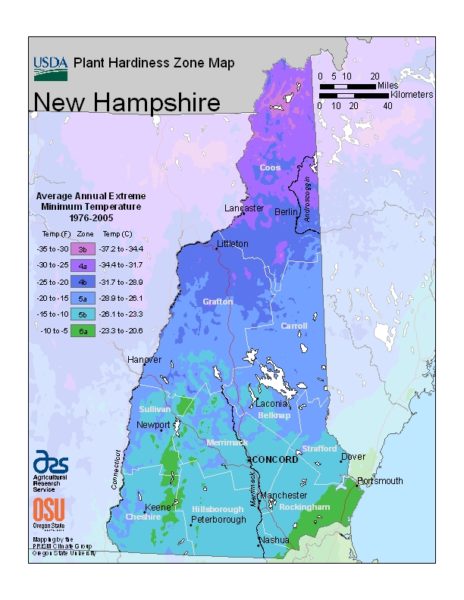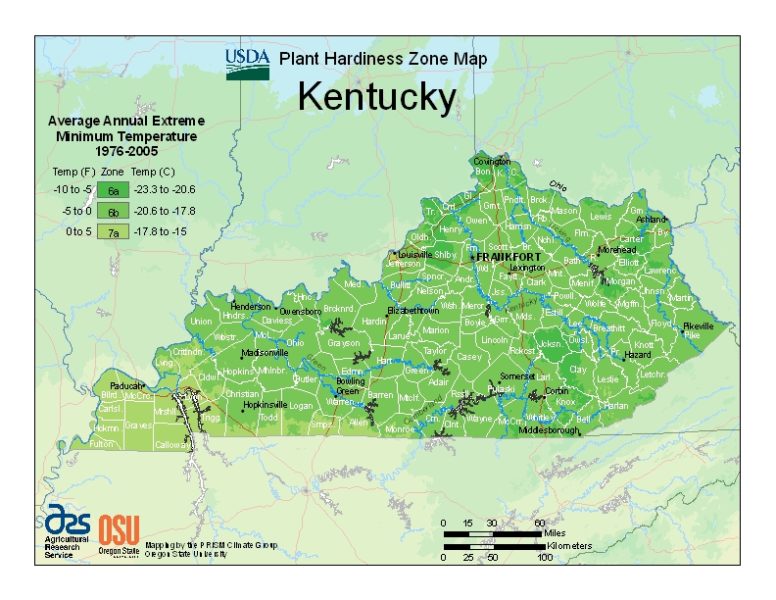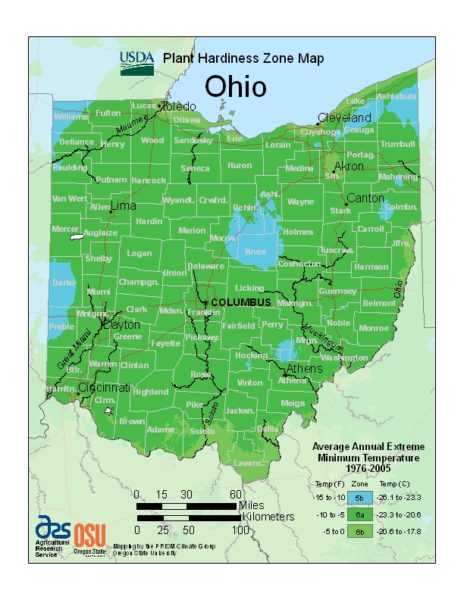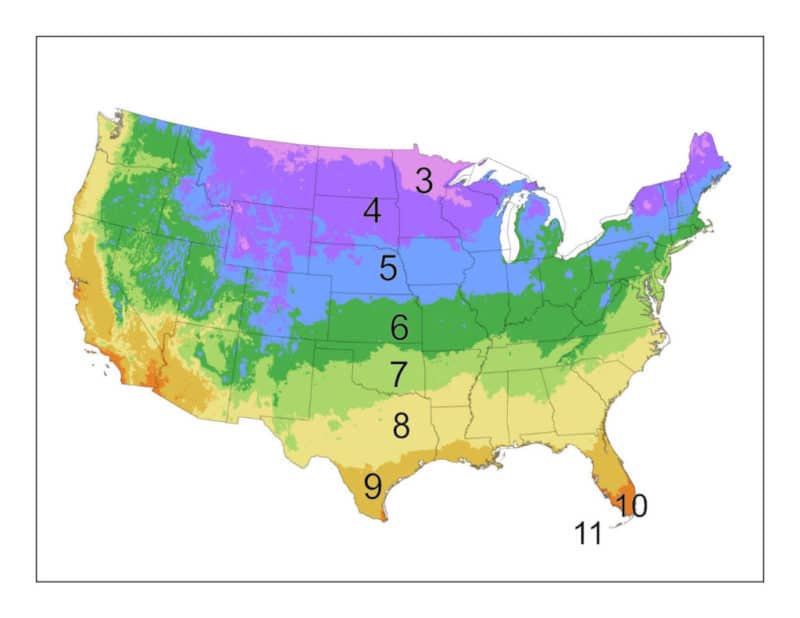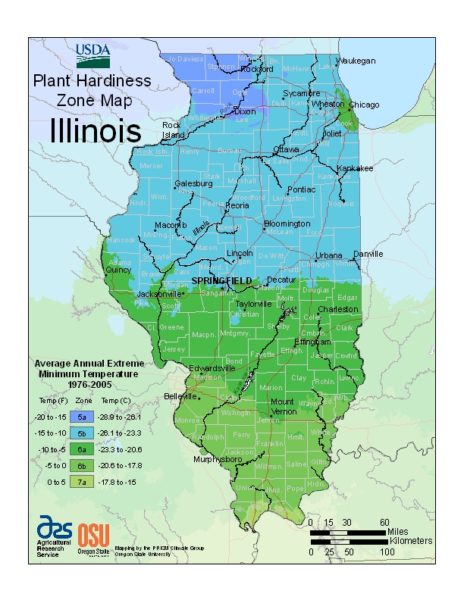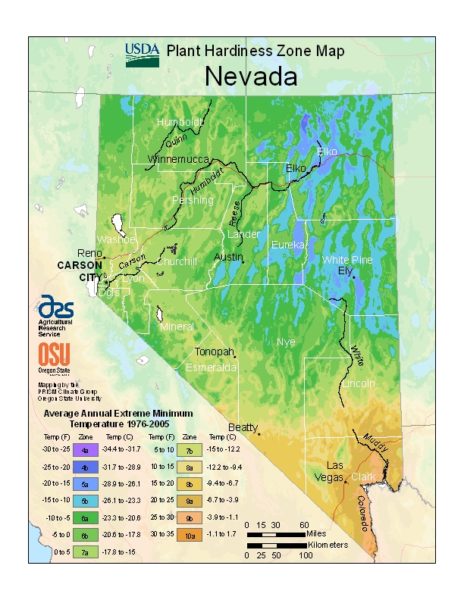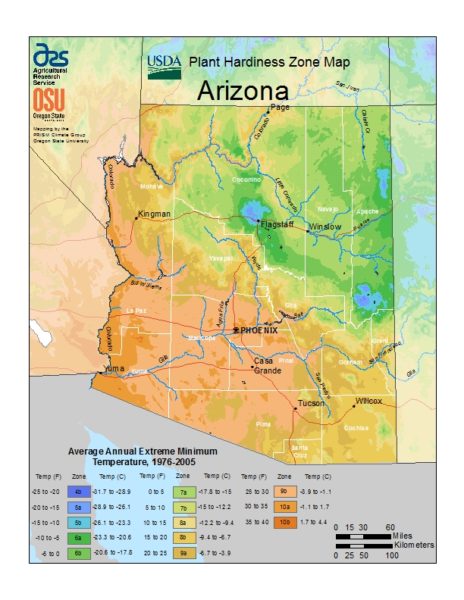
Last Updated on January 16, 2024
Winter Landscape Tips
Winter is a beautiful season with its glistening snow and crisp air, but it can be challenging for your landscape. The cold temperatures and harsh conditions can take a toll on your plants and outdoor space. However, with proper maintenance and care, you can ensure your landscape stays healthy and vibrant even in the coldest months.
Make a plan
If there’s anything you want to change, make a list now. Shrubs or trees you want removed? New areas you want to plant trees or shrubs? There’s usually a lot of options and choices. It’s best to think through them now so you can get a jump once spring weather arrives.
Get your garden tools ready
Now is the time to clean & service any garden tools. Clean off dirt, use a wire brush to remove any rust, sharpen, lubricate, etc. Everything from shovels to your lawn mower to hedge trimmers. You will save time and money if you need anything serviced to have it done now as opposed to waiting until the busy season.
Any tool with a wooden handle also needs to be inspected. There’s nothing worse than a splinter or a broken handle first thing in spring. Sand them down or replace if cracked.
Test your soil
You need to wait if your soil is frozen solid or under snow but don’t wait until spring. Many county extension offices request 6 to 8 weeks to get your free soil test results back to you.
 Protecting Plants from Cold and Frost
Protecting Plants from Cold and Frost
When winter arrives, it's crucial to protect your delicate plants from freezing temperatures and frost. Here are some effective methods to shield your plants and ensure their survival.
Wrapping delicate plants
For tender plants that are susceptible to cold, wrap them with burlap or frost cloth. This provides an extra layer of insulation and prevents frost damage. Secure the wrapping firmly but not too tightly.
Using frost blankets and cloths
Frost blankets or cloths can be used to cover entire garden beds or individual plants during cold nights. These covers trap heat and prevent frost formation, keeping your plants warm and protected.
Creating windbreaks
Planting windbreaks such as evergreen trees or shrubs can help reduce the impact of strong winter winds on your landscape. They act as a barrier, shielding your plants and preventing excessive drying.
Snow and Ice Management
Snow and ice not only make your landscape look enchanting but also pose challenges. Proper snow and ice management are essential to ensure safety and protect your plants.
Clearing snow from pathways and driveways
Regularly clear snow from pathways and driveways to prevent accidents and ensure easy access. Use a snow shovel or a snow blower to remove snow efficiently.
Preventing ice formation
To prevent ice formation on walkways, consider applying a deicer or salt. However, be cautious with the amount used, as excess salt can damage your plants. Opt for environmentally friendly deicers when possible.
The use of salt and deicers
When using salt or deicers, be mindful of their impact on plant health. Avoid applying them directly on your garden beds or plants. Instead, focus on treating the areas where people walk and use less harmful alternatives.
Winter Watering
Proper watering is crucial for the well-being of your plants, even during winter. Understanding the watering needs and frequency can prevent dehydration or overhydration.
Understanding the importance of watering in winter
Although plants are generally dormant in winter, they still require water to survive. Winter drought can lead to root damage and hinder the plant's ability to recover come spring.
Determining watering frequency
Check the moisture level of your soil regularly to determine the watering frequency. If the soil feels dry and crumbly, it's time to water your plants. However, be cautious not to overwater, as excessive moisture can lead to root rot in winter.
 Winter Wildlife
Winter Wildlife
Creating a winter-friendly landscape not only benefits your plants but also provides a habitat for wildlife. By attracting and supporting wildlife, you can enjoy the beauty of nature even during the colder months.
Providing food and shelter for wildlife
Place bird feeders with high-energy foods such as black oil sunflower seeds, suet, or millet. Provide shelter by creating brush piles or leaving some areas of your garden undisturbed.
The importance of bird feeders
Bird feeders not only bring joy and entertainment but also attract birds that can help control pests in your garden. Besides, their songs and vibrant colors add life to your winter landscape.
Winter Lawn Care
While your lawn may go dormant in winter, it still requires some care to stay healthy and prevent issues such as snow mold.
Mowing and fertilizing before winter
Mow your lawn slightly shorter and apply a slow-release winter fertilizer before the first frost. This helps strengthen the roots and provides essential nutrients during the dormant period.
Preventing snow mold
To prevent snow mold, avoid piling snow on your lawn. Excess moisture trapped beneath the snow can lead to this fungal disease. Shovel the snow to areas away from your grass.
And so on...
Conclusion
Maintaining a beautiful winter landscape requires proper preparation, protection, and care. By following these winter landscape tips, you can ensure your plants stay healthy and vibrant throughout the cold season. Remember to clear leaves and debris, protect delicate plants from cold and frost, manage snow and ice, provide winter water, support wildlife, care for your lawn, and monitor weather conditions. With a little effort, your winter landscape can be a stunning and thriving space, even in the coldest months.
FAQs
Can I use regular table salt to melt ice on my pathways?
Regular table salt is not recommended as it can damage plants. Instead, use salt alternatives or environmentally friendly deicers.
When is the best time to prune trees and shrubs before winter?
It's best to prune trees and shrubs in late fall or early winter when they have entered dormancy.
Do I need to water my plants during winter?
Yes, watering is crucial for plant survival. Check the soil moisture and water when necessary.
Is it safe to use bird feeders during winter?
Absolutely! Bird feeders not only provide birds with much-needed food but also bring life and joy to your winter landscape.
How can I prevent snow mold in my lawn?
To prevent snow mold, avoid piling snow on your lawn and shovel it to areas away from your grass.
Remember, these FAQs provide general guidance, and it's important to adapt them to your specific landscape and region.
- Summer’s Saviors: 7 Drought Tolerant Perennials to Plant Now - July 26, 2024
- Why Your New Plants Sleep, Creep, Leap - July 26, 2024
- 5 Easy Landscape Tips to Increase Your Home Value - June 28, 2024


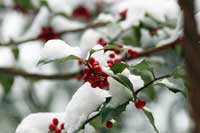 Protecting Plants from Cold and Frost
Protecting Plants from Cold and Frost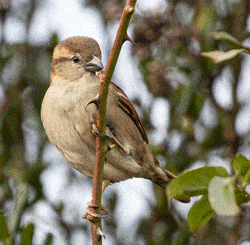 Winter Wildlife
Winter Wildlife



